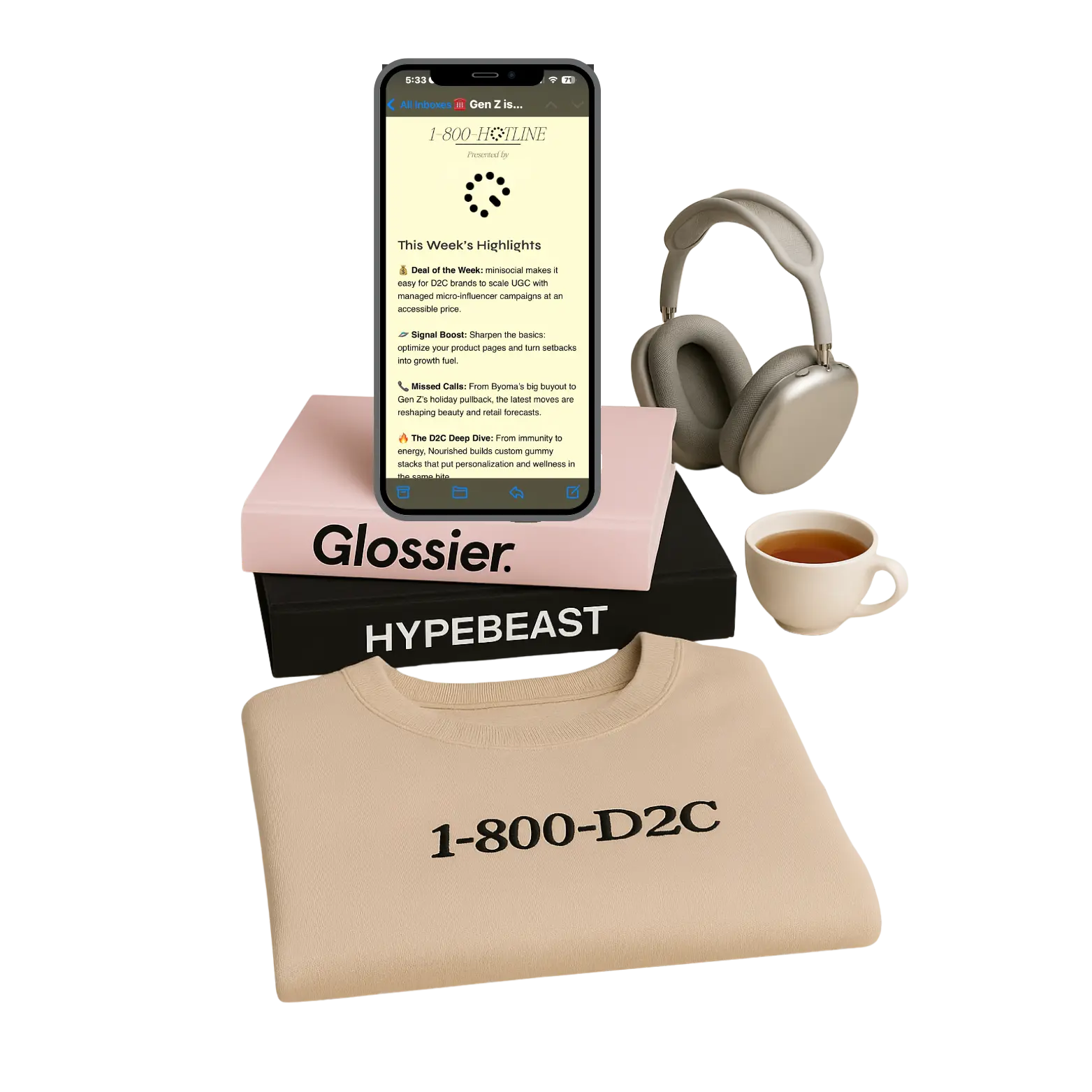
The fashion world loves to talk about inclusivity, but too often, age gets left out of the conversation. That’s where AnyAge Wear comes in. Founded by Joseph Marra, the lifestyle apparel brand is on a mission to redefine what it means to dress with confidence, at any age.
Blending timeless design with contemporary ease, AnyAge Wear creates elevated essentials that move with you, not against you. Whether you’re 28 or 68, the brand believes style shouldn’t be about chasing trends, but about owning your evolution.
In our latest founder interview, Joseph shares the story behind AnyAge Wear, from the spark that came out of a family conversation during COVID to the lessons of launching in a tough DTC environment. We dive into what they’ve learned from customers, how missteps shaped their strategy, and what’s next for the brand.
[cta-btn title="AnyAge Wear Facebook" link="https://www.facebook.com/AnyAgeWear"]
AnyAge Wear is a lifestyle apparel brand redefining what it means to dress with confidence—at any age. Designed for the modern spirit unbound by outdated style rules or age stereotypes, AnyAge Wear blends timeless design with contemporary ease, offering elevated essentials that move with you, not against you.
Whether you’re 28 or 68, trailblazing or reinventing, this brand stands for freedom in self-expression and authenticity in everyday wear. Think clean silhouettes, high-quality materials, and a minimalist aesthetic made for real life—not just Instagram.
Rooted in the belief that style is a story you get to write every day, AnyAge Wear isn’t about chasing trends—it’s about owning your evolution.
During COVID, I was talking with my aunt, who was in her mid-60s at the time. She confided something that stuck with me—she felt invisible. No clothing brands spoke to her anymore. Not just in terms of messaging, but in design. She felt like the industry had passed her by.
What she craved wasn’t complicated: clothing that honored her evolving body—with more coverage, better support, and the kind of effortless style that doesn’t sacrifice comfort. That conversation was our A-ha moment.
We began researching, wondering if others felt the same. Was there whitespace in the market? An opportunity to create something better? The more we dug, the clearer it became: yes, there was. And that’s where the journey began.
It took us about a year to go from idea to launch—right in the thick of peak COVID in 2020. We had no background in apparel, which, depending on how you look at it, was either a liability or a secret weapon. Sometimes, not knowing the “rules” frees you to build your own.
But there were definitely hard lessons. With all communication happening remotely, we made a costly mistake on our first production run: the entire line came in about one size too small. We’d partnered with a sourcing consultant who connected us with a factory in China, but quickly realized that standard American sizing—especially for our demographic—wasn’t well understood there.
It was an expensive misstep, but one that ultimately sharpened our focus. That sizing insight became a key part of what now differentiates us. We learned early on who we were designing for—and how to do it right.
As a startup apparel brand, we launched in DTC out of necessity. While direct-to-consumer can be expensive, it offered something invaluable: speed. It allowed us to validate the concept quickly and learn fast through real-time feedback. Specifically, our "return funnel" we recently implemented has been crucial—allowing us to figure out why customers returned and get feedback on whether we need to ideate the product further, or scrap it entirely due to style or sizing issues.
We originally positioned ourselves in the activewear space, but as we engaged more deeply with our customers, we realized something critical: the niche we thought we were serving had evolved. The customer we started with wasn’t the customer we were building for. That insight reshaped everything—from our product strategy to our brand identity.

A lean team. I made a lot of hiring mistakes. But I quickly learned, it rarely, if ever, is "cheap" worth it. After realizing this, my hours have went from "managing" the team to allocating time toward strategy and brand building.
We missed the days of 7+ ROAS numbers—we have had to build this brand in a much tougher environment—and think that will serve us well in the long run. Also, it’s so, so important to be authentic and make sure people understand your brand story... BUT product matters above all. Nobody cares about how great your story is, if the product doesn't deliver.
They appreciate the brand identity and story—but our clothing was too small and return rate was far too high. We replaced our designer, and she did a complete overhaul of our size chart.
We have a bunch of brand new products coming down the pipeline, including a brand new re-vamp of our best selling products—all grounded in research and feedback from our customers!
Use the 80/20 lens in both business and life. The 80/20 rule applies to nearly every piece of it.
Or
"Riches are in the niches"
Redo, Loox, Triple Whale, Alia
Discover new D2C brands, new eCommerce tools and read in-depth founder reviews each week.
